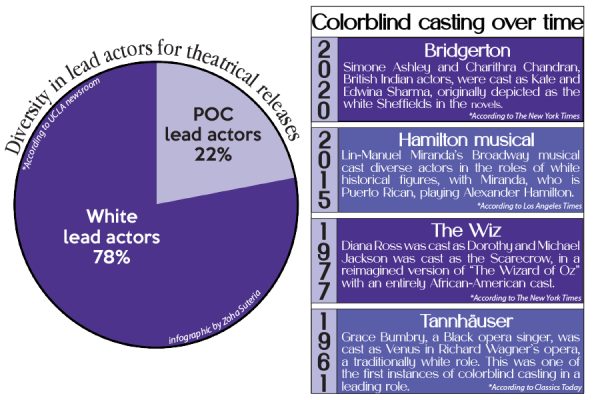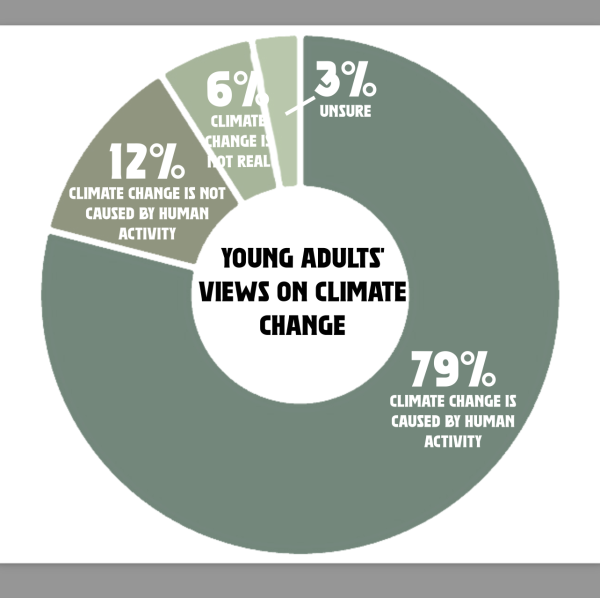Ferguson protests: racial tension must be solved at its roots
October 3, 2014
By now, many people at South have heard something about the complex events that have gone on in Ferguson over the past two months. The general story goes as such: on Aug. 9 in Ferguson, Missouri, 18-year-old black teen Michael Brown was shot and killed by white police officer Darren Wilson, according to cnn.com. Brown and his friend were walking down the middle of the street in Ferguson when Wilson stopped them in his police car. A physical confrontation occurred in which Brown and the officer ended up wrestling through the officer’s car window, and as Brown retreated, the officer fired approximately eight rounds into unarmed Brown, killing him.
Because there was no video of the encounter, the details are blurry from the two opposite biased accounts of the confrontation. However, news of Ferguson and this case have endured because Brown’s death has become a rallying cry against racial injustice. Mostly peaceful demonstrations broke out in Ferguson, which resulted in some violent protesters, some residents looting local businesses and the militarization of the police force.
The events in Ferguson definitely deserve media coverage to bring to light the racism present there. However, more needs to be done to prevent such conflict in other communities like Ferguson and to unite us after years of societal, cultural and unfortunately economic division that has occurred as a result of racism.
To begin to understand the reasons for this division, it’s first important to recognize the existence of blatant racism and to uncover the depth of this problem in America, especially for those of us that aren’t subjected to it. It may be difficult for white suburban teens to understand why racial profiling incites such anger, and as one of them I can only imagine how frustrating it would be to live in a world where police constantly view me as a suspect.
This racial policing is present in Ferguson. According to The Atlantic, 86 percent of the stops and 92 percent of the searches performed by the Ferguson Police Department in 2013 were of black people, although only 67 percent of Ferguson’s population is black. In the end, however, Ferguson police admitted they were more likely to find contraband on the white people they searched or stopped. These statistics echo accounts of racial policing across the country that have garnered media attention over the past couple of months.
Suddenly the forceful acts displayed by some Ferguson protestors become something deeper when you view them as the result of years of racial inequality and hostility. Ferguson hasn’t done enough to keep up with its dramatically increasing number of black residents over the past 15 years or so, creating a disproportionate power hierarchy. According to The New York Times, their city council has a single black member and their police force is only 6 percent black, even though the majority of the population is black.
When years of tension explode in a single event, that event has no simple solution. The fix will have to be complex and will take a long time to be ingrained, just like racism itself, but racism can only begin to be put to rest when its effects are dealt with. If all the unrest in Ferguson lately was not really caused by one death but by years of racial tension, we should be more focused on fixing that underlying cause instead of just paying these situations attention when they boil over.
These ingrained social and economic divisions are existent beyond Ferguson. Any unequal opportunity between black and white communities due to racism has developed over a long period of time and is difficult to clearly track. However, according to Pew Research Center, the average unemployment rate for black people has consistently averaged around double the rate for white people, and 45 percent of black children live in areas of concentrated poverty compared to 12 percent of white children, according to The Washington Post. Knowing this, it’s easy to assume that racism has something to do with it.
Although Glenview can be a safety bubble, we don’t live very far from the city with the most homicides in the country, according to abcnews.com, with most of these deaths due to gang violence. Additionally, black males from the ages of 17-25 in Chicago who have prior arrest history are most likely to be murdered and to be accused of murder. Events like Ferguson should bring equal attention to these violent, racial divisions in our own community, and how we can alleviate them with helpful programming for teens at risk to fall through the cracks.
One such program is After School Matters, a program designed to help Chicago teens discover their potential through after school activities to prevent them from falling into gangs or other destructive organizations. Their name stood out to me because they walk in Glenview’s 4th of July parade each year. If you want to see a full list of other programs in the area, go to research.blackyouthproject.com and click on the “Organizations” tab; there’s a lot of them, and many could use support and funding to make a greater difference.
Ultimately, the events in Ferguson and beyond are a result of oppression that isn’t the fault of the oppressed. It’s time we pay more attention to initiatives to fix the underlying problems of racial inequality and hostility, not just when violence erupts and black communities are once again associated with rioting and looting. When we as a nation can one day offer equal opportunity to all our citizens, our potential will suddenly seem limitless.














